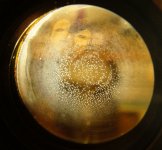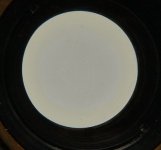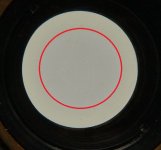jarodfwh
Member
hi all , just receive a 50/1.8 from a seller, notice some defect that the seller did not mention, is this a oil speck or worst fungus?
anyone can estimate how bad this will effect the final picture?
currently i do not had a m39 to nex adapter to test on my nex5n. thanks
anyone can estimate how bad this will effect the final picture?
currently i do not had a m39 to nex adapter to test on my nex5n. thanks







